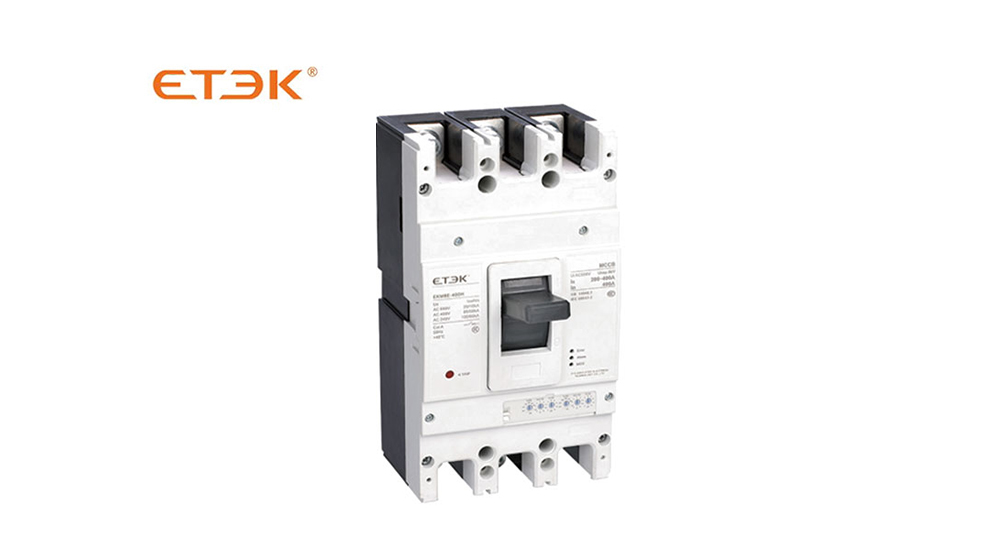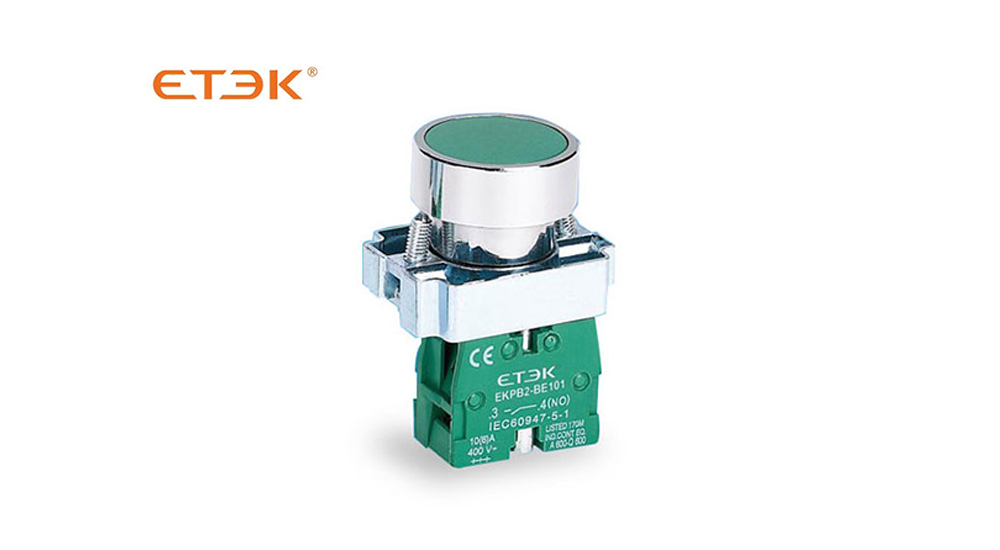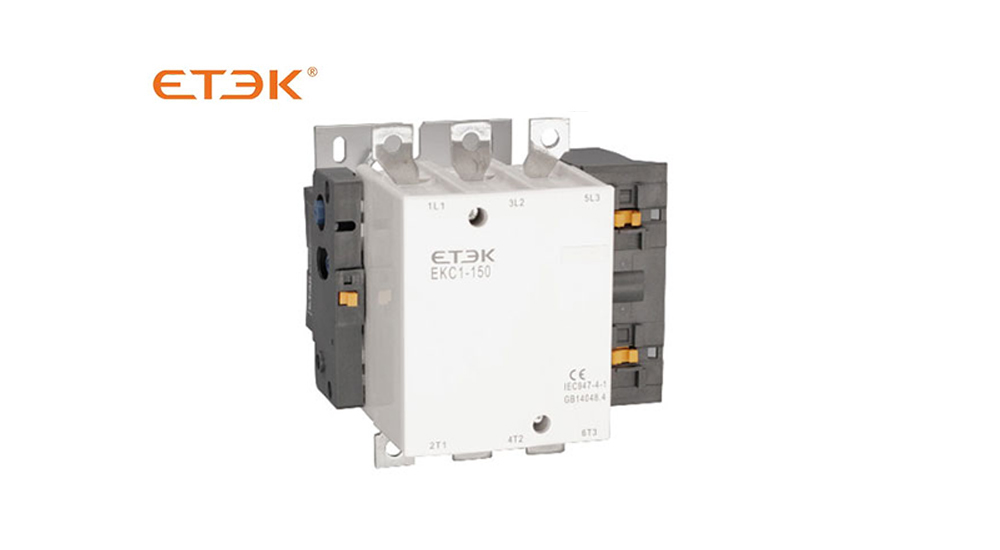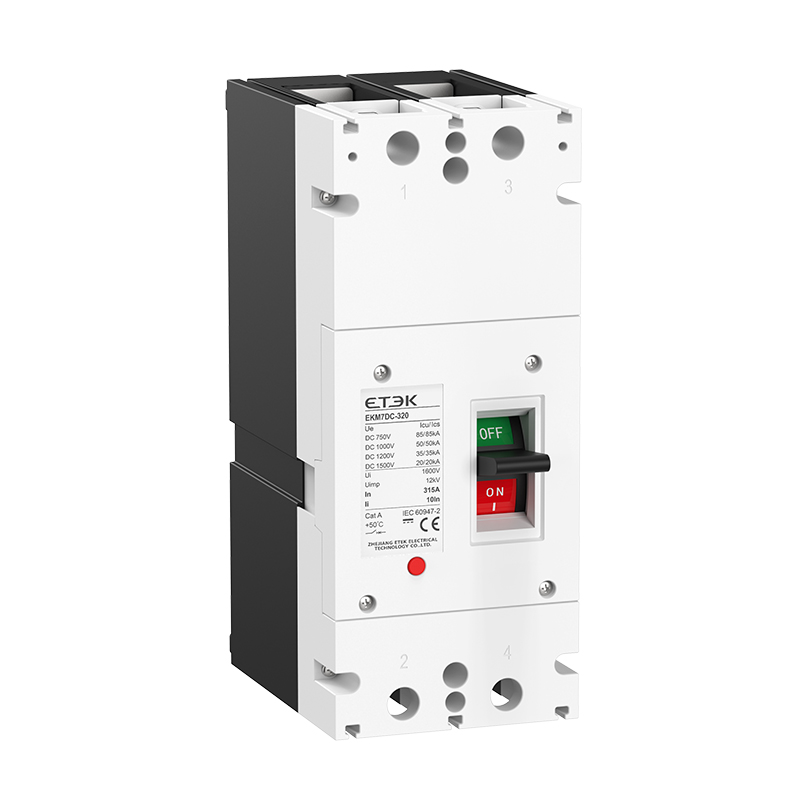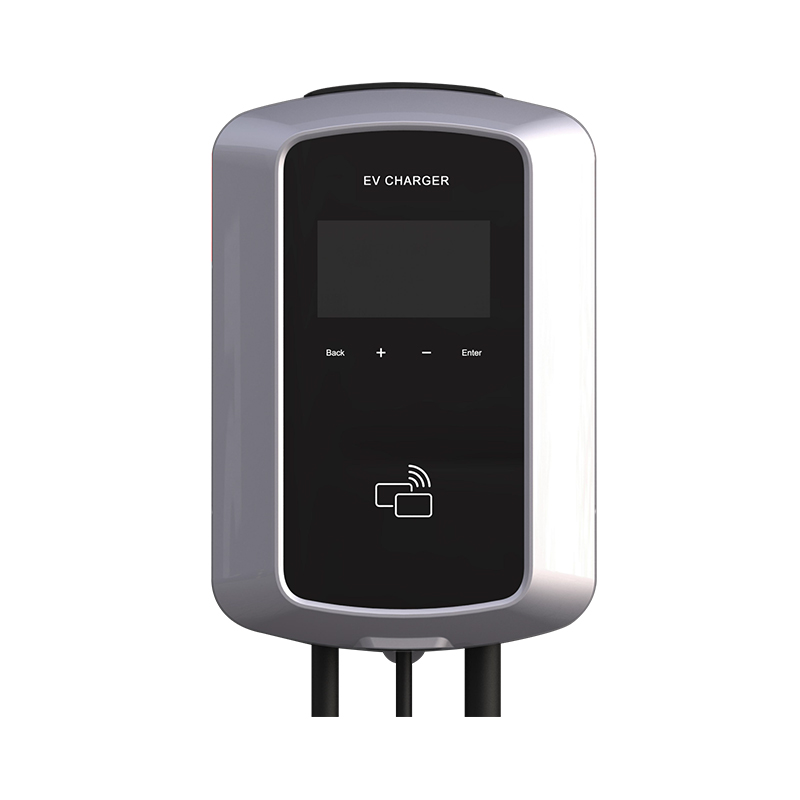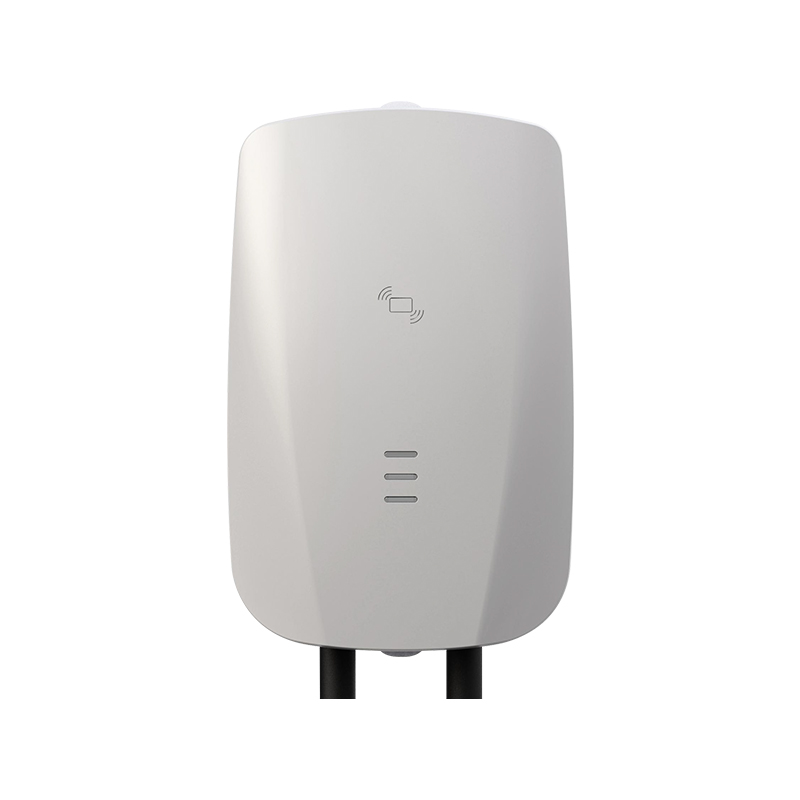How does a Photovoltaic Fuse Work?
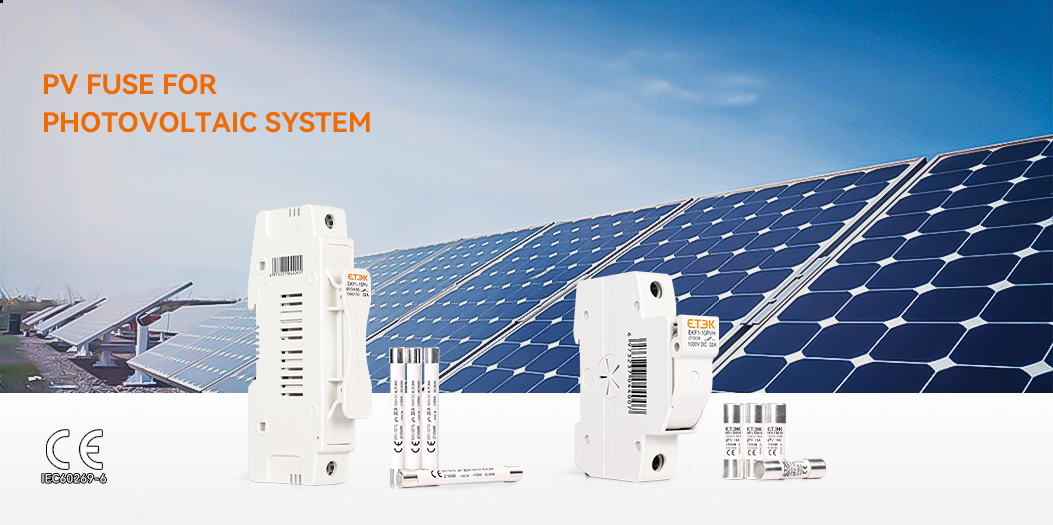
The basic principle of a fuse is to allow a small section of conductive material to melt when necessary, so that the sound part of the circuit being protected is not damaged and the damage to the faulty part is limited to the smallest possible extent.
Depending on the rated current, the fuse can be composed of one or several fuses connected in parallel. When a sufficiently large overcurrent passes through the fuse, the melt melts and an arc occur.
What is the purpose of overcurrent?
If there is a short circuit in the photovoltaic panel wiring part of the photovoltaic system, the photovoltaic panel itself or the photovoltaic connection box, and the system wiring has a ground fault, overcurrent will occur.
If the fault current in the system cannot disconnect the photovoltaic array of the corresponding overcurrent protection device, an arc will occur.
If the manufacturer of the relevant facility is required to provide overcurrent protection to the system, the manufacturer must strictly follow the regulations and requirements for production.
Propose overcurrent protection requirements to the manufacturer, and the manufacturer shall set the overcurrent protection according to the relevant standards.
At the same time, the relevant standards indicate that if the photovoltaic inverter fails and causes a kickback current, and it is within the breaking capacity of the photovoltaic fuse itself, it should also be ensured that the fuse can provide overcurrent protection to prevent damage to photovoltaic panels and arrays. cables, etc.
What are the electrical fuse standards?
1. Each fuse designed and produced shall be capable of continuous use within the rated current range.
2. the current exceeds a certain value due to overload, the fuse should be able to operate in a short enough time to protect the equipment from damage.
3. In the event of an accident in the line or device, the fuse should act quickly to minimize the damage to the accident part and not to damage the sound part.
Therefore, the fuse must have an inverse time-current characteristic. In the application process, the most suitable fuse must be selected.
According to the actual needs of the site, so that when the fuse fails, the maintenance personnel can timely and accurately judge the type and degree of the fault to avoid the problem of open circuit.
What is the IEC standard for fuses?
According to the IEC62548 standard, fuse-links applied to photovoltaic array protection shall meet the following requirements:
1. The rated voltage is greater than or equal to the maximum voltage corrected according to the expected minimum temperature of the installation site according to the photovoltaic panel manufacturer's instructions or the table above.
2. DC fuse link.
3. The rated breaking capacity is not lower than the fault current from the photovoltaic array, and other connected power sources such as batteries, generators and grids, if present.
4. Models that meet the IEC60269-6 standard and are suitable for PV overcurrent and short circuit protection.
What is the fuse in the PV system?
1. The incoming side of the DC combiner box: to protect the solar cell string (gPV class fuse, IEC 60269-6).
2. DC incoming line side of the centralized inverter: protect the incoming line connection of the DC side (gPV class fuse).
3. Centralized inverter internal module protection: protect the inverter module (aR class fuse, IEC 60269.4).
4. Fuse protection of the charging contactor in the centralized inverter: pre-charging circuit contactor protection (gPV class fuse).
5. Ground fault alarm detection GFPD" is used for ground fault alarm (gPV class fuse).
6. The AC side of the centralized inverter: protect the inverter module and the main line electrical appliances on the AC side (aR class fuse).
Among them, gPV (photovoltaic special fuse) and aR are all fuse types. When applying fuses in the system, there are a total of 6 application positions, and their main role is to undertake most of the AC side overcurrent protection and all DC side overcurrent protection in the inverter and combiner box.
What is gPV fuse?
gPV can be regarded as both a universal fuse for photovoltaic DC systems and a fuse with a full range of breaking capacity. The IEC standard has pointed out that gPV fuses are fuses for photovoltaic system protection. When such fuses are applied to DC circuits, they need to meet the following standards:
1. The minimum rated breaking capacity is DC 10 kA.
2.The conventional non-fusing current Inf (conventional non-fusing current) is 1.13In, the conventional fusing current If (conventional fusing current) is 1.45In, and In in this requirement is the rated fuse-link current.
3. The above rated current is verified by means of 3000 current cycles.
Functional verification and temperature cycling verification experiments in acceptable extreme temperature environments can be carried out in combination with photovoltaic field conditions.
Ensure that the fuse for photovoltaic system protection can work stably for a long time.
What should be paid attention to when installing photovoltaic fuses?
1. The site temperature is higher than 40°C
If the site temperature is not lower than 40°C when installing the fuse, the fuse should be installed in a cool place to prevent direct sunlight to the fuse to the greatest extent, so that the degree of heating can be effectively reduced, only if it is not required. Consider derating issues caused by temperature changes.
2. Consider the duration of high temperature maintenance
If the temperature cannot be guaranteed to be lower than 40°C, the duration of high temperature maintenance should be considered. If the fuse is exposed to a high temperature environment for less than 2 hours, the derating caused by temperature changes does not need to be considered.
3. Outdoor exchange box
The operating temperature of the outdoor exchange box can reach 50 °C, but in the case of direct sunlight, the temperature in the box will even be higher than 60 °C, and in this case, the change should pay attention to the derating problem.
In the case of derating, the corresponding current level of the fuse is often increased.
However, if the environment is relatively cold, the level should not be greater than the current level of the corresponding protection fuse and the DC cable.
Conclusion
Due to the quality of the fuse is a high-quality and inexpensive overcurrent protection device and the development of technology, gPV-level photovoltaic fuses are widely used in photovoltaic systems in high-voltage DC environments in practical applications.
If you have a need for photovoltaic fuses, you can go to this link https://www.etek-china.com/dc-fuse to see if there are fuses that meet your needs, or consult us, ETEK Electric will give you professional and reasonable suggestions according to your needs.






